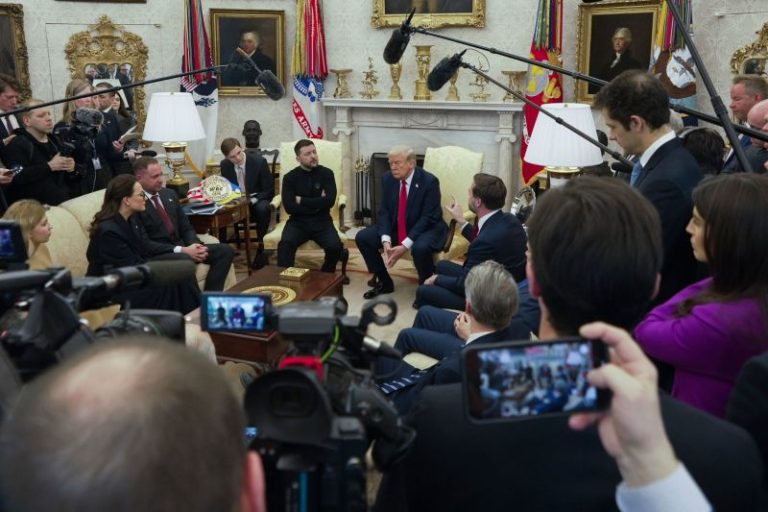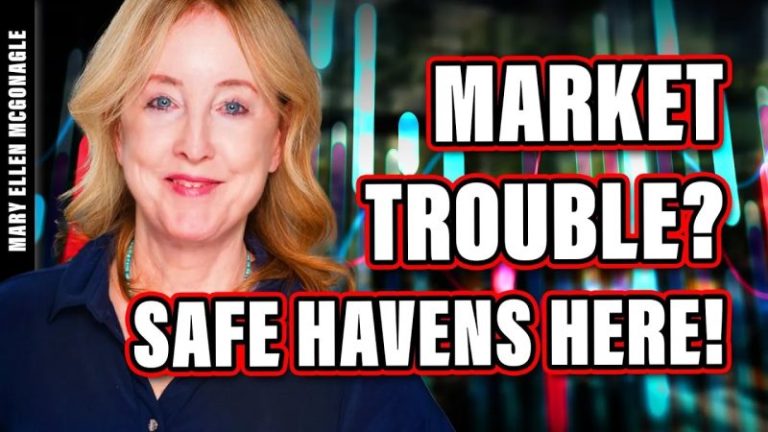American West Metals Limited (American West Metals or the Company) (ASX:AW1) is pleased to announce positive findings of the Preliminary Economic Analysis (PEA) for the Storm Copper Project (Storm or the Project) on Somerset Island, Nunavut, Canada.
Positive Preliminary Economic Analysis (PEA) defines Pathway to Production:
- Initial production target. Study on a starter operation at Storm based on mining inventory of 10.3Mt @ 1.3% Cu, 3.7g/t Ag delivers 487,000t of copper concentrate at 17.1% Cu, 49g/t Ag
- 10-year production plan. Initial mine plan covers 10 years of production with scope to increase both the scale of the mining operation and the mine life with potential increases in the Storm Mineral Resource Estimate (MRE)
- Attractive financials. Robust economics (estimated based on the assumptions in the base case and assuming no leverage):
- Total revenue – Approx. US$839m
- Post-tax NPV8 – Approx. US$149m
- Post-tax IRR – Approx. 46%
- Payback of Approx. 3 years
- Low-cost operation. Very low capex and operating costs of approximately:
- Initial CAPEX – US$47.4m
- Life of mine CAPEX – US$80.3m
- C1 Cost – US$2.63/lb
- Enhanced shareholder returns with leverage. Pre-tax IRR of approximately 135% with project development using 100% debt finance. American West is in discussions with a number of parties that are considering proposals to provide off-take finance or other debt solutions for development of Storm
- Innovative processing with high ESG credentials. Simple ore-sorting and beneficiation produces a high-quality copper-silver product with zero deleterious elements, chemicals, and tailings
- Mine permitting to commence. Mine permitting will now be initiated based on the PEA with potential for a further US$3.5 million to be advanced in the near- term under the Storm royalty arrangement with Taurus Mining Royalty Fund
2025 drilling to accelerate growth of copper resources:
- Existing resource is just the beginning. Major drill program planned for 2025 to accelerate the definition of copper resources along the 110km Storm Copper belt
- 2024 discoveries ready for resource definition drilling. Potential to rapidly increase the MRE through resource definition drilling of new discoveries, including:
- The Gap – a strong EM anomaly confirmed with drilling that returned 20m @ 2.3% Cu from 28m
- Cyclone Deeps – potential continuation of the large Cyclone Deposit at depth with drill intercepts such as 10m @ 1.2% Cu from 311m
- Squall – EM anomaly with drilling confirming high-grade copper of 1.5m @ 2.36 Cu from 181.4m at end of hole
- Hailstorm – chalcocite boulders at surface that returned assays of >50% Cu within a geochemical soil anomaly over 3km2
- Regional targets highlight large endowment potential. Pipeline of large-scale exploration targets along the 110km copper belt including:
- Tornado/Blizzard – located 5km east of the Storm copper deposits the area hosts a 3.2km x 1.5km geochemical copper anomaly and two large electromagnetic (EM) plates yet to be drilled
- Tempest – 4km long zone of gossans located 40km south of the Storm MRE with assays from surface samples returning base metal grades up to 38.2% Cu and 30.8% Zn
- Geophysics to generate new targets. Large airborne Mobile Magneto-Telluric (MT) survey planned for the Storm MRE area and other areas of interest along the 110km prospective copper horizon
- Forward planning for 2025 field season. The sealift operation completed in Q4 2024 delivered bulk supplies to Storm in preparation for the 2025 field season, significantly streamlining logistics to enable a short lead time for start of drilling in 2025 and reducing 2025 costs by circa. $4m
The PEA has outlined a technically robust project and demonstrated that Storm has the potential to become a profitable, long-life mine with strong economic returns for the Company.
The PEA estimates that an open pit mining and mineral processing facility at Storm can be developed with a low initial capital cost of US$47.4m to deliver a project NPV of approximately US$149m and a post-tax IRR of approximately 46%.
Shareholder returns can be substantially enhanced by use of 100% debt to fund development, which boosts the approximate pre-tax IRR to an impressive 135%. American West is in ongoing discussions with a number of parties regarding the potential for off-take or other debt-based financing for the development of Storm.
The PEA is based on the current Storm MRE of 20.6Mt at 1.1% Cu and 3.8g/t Ag which contains 229Kt of copper and 2.2Moz of silver (using a 0.35% Cu cut-off). With less than 5% of the 110km prospective copper horizon at Storm systematically explored with drilling and numerous exploration targets already identified along the copper belt, there is strong potential to add significant copper resources to the Storm MRE. The Company is planning a major exploration program for 2025 to test a pipeline of high-quality copper targets.
American West believes the dual focus of exploration in pursuit of new discoveries while progressing feasibility studies will continue to stamp Storm as an attractive copper development opportunity.
The below key economic metrics of the PEA highlight the competitive cost profile and investment returns (all financial metrics are approximations estimated on the basis of assumptions in the PEA). A copy of the PEA is attached to this ASX Release.
Dave O’Neill, American West’s Managing Director, said:
“Our field work and development studies in 2024 have laid the groundwork for what we believe will be a transformational year for American West.
“The initial economic study is an enormous milestone for the Storm Copper Project. It is exciting to announce a low capital cost pathway to mine development with significant upside to expand the production profile and mine life as our continuing exploration identifies further copper resources.
“Storm is now well positioned to be the next copper mine in Canada, joining other very successful base metal mines in the region such as Polaris (22Mt @ 14.1% Zn, 4% Pb) which operated for 21 Years, and Nanisivik (18Mt @ 9% Zn, 0.7% Pb) which operated for 26 years. We will now initiate the permitting process and progress feasibility study work.
“American West will also continue a strong focus on resource expansion and exploration drilling to fully unlock the resource potential along the prospective 110km copper belt at Storm.
“Exploration in 2024 delivered a pipeline of new discoveries and targets that we will follow-up in 2025. There are several large-scale exploration targets that offer excellent potential for a new discovery – walk-up drill targets that are supported by strong EM plates, gravity anomalies, copper gossans at surface, or high-grade copper confirmed by reconnaissance drilling.
“There is very strong potential to quickly add tonnes to the existing mineral resource estimate. With the scoping study supporting the economic potential of a mining operation at Storm, any increase in the resource is likely to further enhance the potential economics of that mining operation.
“We look forward to updating investors on the 2025 field program as arrangements are finalised.”
Click here for the full ASX Release










